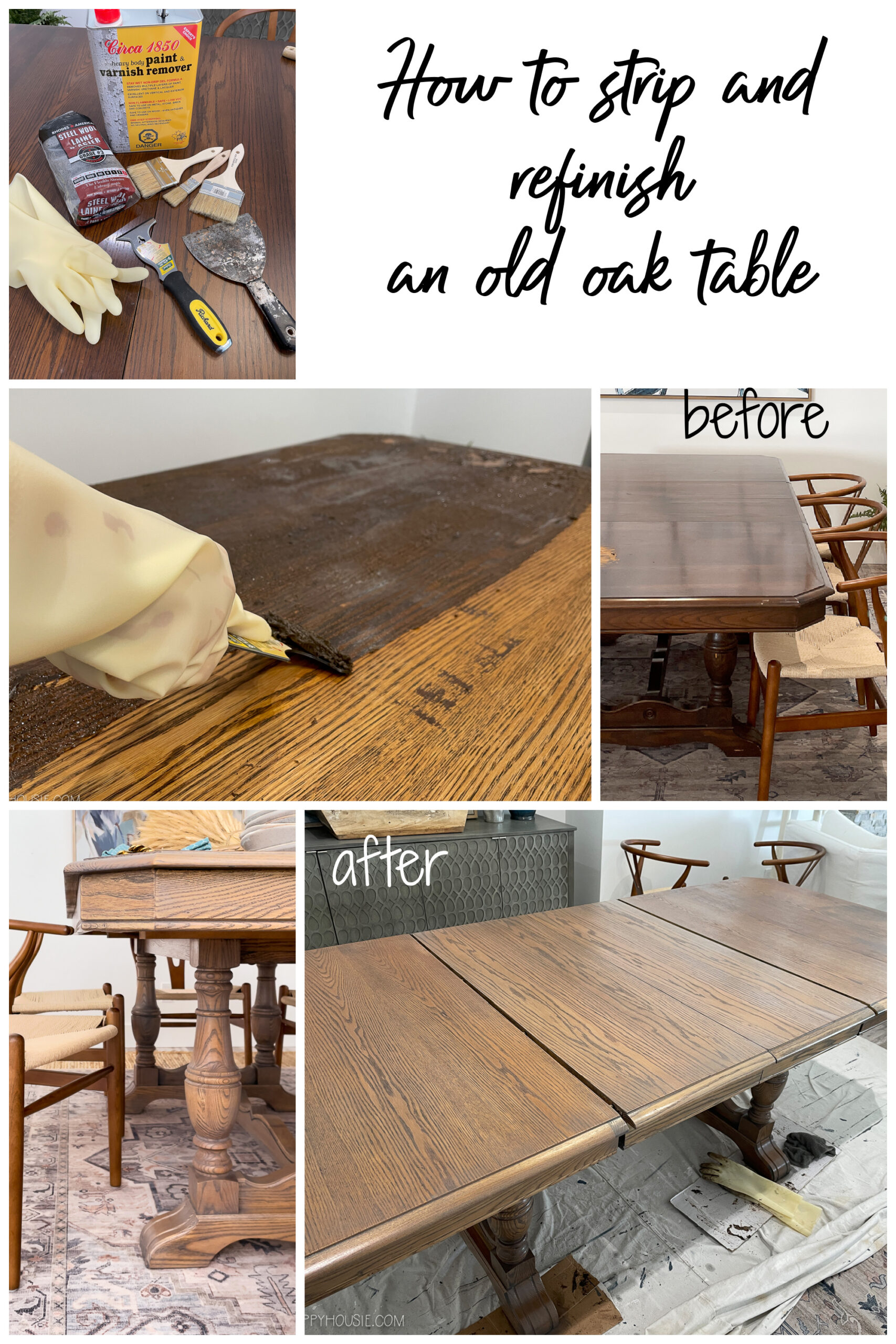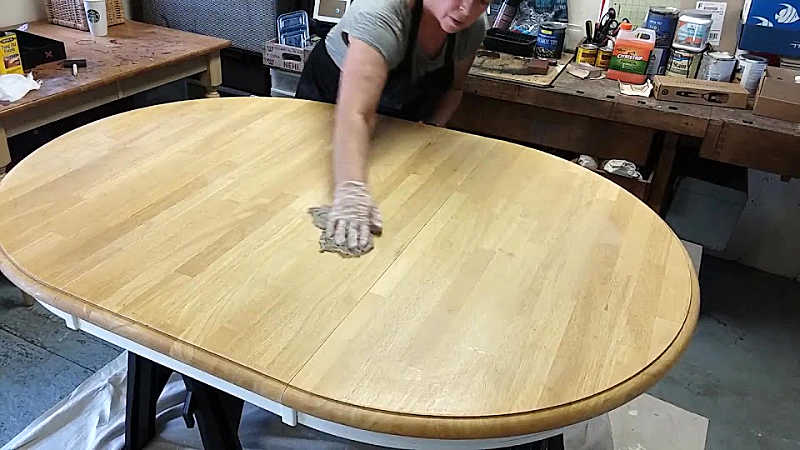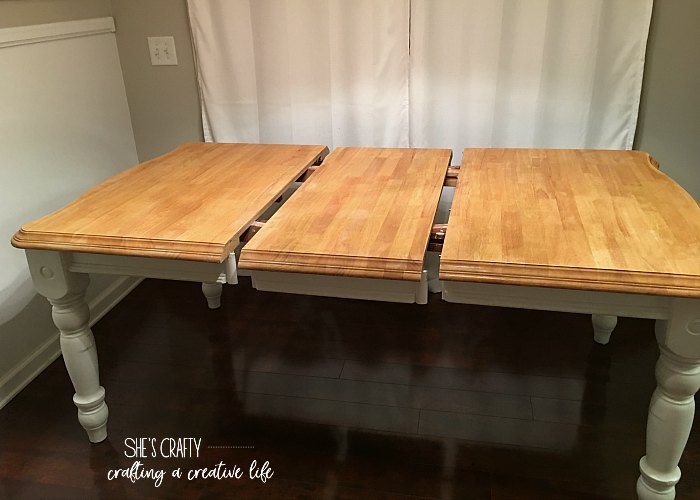Are you tired of your old, worn-out kitchen table? Want to give it a fresh new look without spending a fortune? Stripping and refinishing your kitchen table is a great option that can save you money and give you a sense of satisfaction. Here's a step-by-step guide to help you achieve a beautiful, like-new kitchen table.How to Strip and Refinish a Kitchen Table
With the right tools and some patience, you can easily strip and refinish your kitchen table yourself. This not only saves you money, but it also allows you to customize the look of your table to your liking. The process may seem daunting, but with this DIY guide, you'll be able to transform your kitchen table in no time.DIY Guide: Stripping and Refinishing a Kitchen Table
Before diving into the stripping process, it's important to gather all the necessary tools and materials. This includes gloves, safety goggles, a scraper, sandpaper, and a stripping agent. Once you have everything, follow these simple steps: Step 1: Prepare the work area by laying down a drop cloth and ensuring good ventilation. Step 2: Put on your protective gear to avoid any accidents. Step 3: Apply the stripping agent to the surface of the table with a brush or cloth. Step 4: Let the stripping agent sit for the recommended time, usually 15-20 minutes. Step 5: Use a scraper to remove the old finish, working in the direction of the wood grain. Step 6: If the finish is stubborn, use steel wool or sandpaper to remove it. Step 7: Once all the old finish is removed, wipe down the table with a clean cloth and let it dry completely.Step-by-Step Guide to Stripping a Kitchen Table
Choosing the right stripping agent is crucial for a successful project. Look for products that are specifically designed for wood and are safe for indoor use. Some popular options include Citristrip, Klean-Strip, and SoyGel. It's also important to read and follow the manufacturer's instructions for the best results.Best Products for Stripping a Kitchen Table
While stripping a kitchen table may seem straightforward, there are some expert tips that can make the process easier and more efficient: Tip 1: Always work in a well-ventilated area and wear protective gear to avoid inhaling any fumes or getting the stripping agent on your skin. Tip 2: Test the stripping agent on a small, inconspicuous area of the table first to ensure it doesn't damage the wood. Tip 3: Work in small sections and don't let the stripping agent sit for too long, as it can dry out and become difficult to remove. Tip 4: Use a plastic scraper instead of a metal one to avoid scratching the wood surface.Expert Tips for Stripping a Kitchen Table
When it comes to refinishing a kitchen table, you may be wondering if stripping or sanding is the better option. While both methods can effectively remove old finish and prepare the wood for a new one, stripping is generally preferred for larger surfaces like a kitchen table. It's less physically demanding and can be more efficient in removing multiple layers of finish.Stripping vs. Sanding: Which is Better for a Kitchen Table?
If your kitchen table has stubborn stains, it's important to tackle them before moving on to the stripping process. For water stains, mix equal parts vinegar and olive oil and rub it onto the stain with a cloth. For food or grease stains, mix baking soda with water to form a paste and gently scrub the stain with a cloth. For tougher stains, you may need to use a wood cleaner or sand the area lightly.How to Remove Stains from a Kitchen Table Before Stripping
Stripping and refinishing your kitchen table has numerous benefits, including: 1. Cost-effective: Refinishing your kitchen table yourself is much more affordable than buying a brand new one. 2. Customization: You can choose the type of finish and color that matches your style and home decor. 3. Renewed appearance: Stripping and refinishing can bring new life to your old, worn-out kitchen table, making it look like new again. 4. Eco-friendly: By refinishing instead of buying a new table, you're reducing waste and helping the environment.The Benefits of Stripping and Refinishing a Kitchen Table
While stripping a kitchen table may seem simple, there are some common mistakes that can lead to unsatisfactory results. Avoid these mistakes to ensure a successful project: Mistake 1: Not following the manufacturer's instructions for the stripping agent. Mistake 2: Using a steel wool or sandpaper that is too coarse, which can damage the wood. Mistake 3: Skipping the protective gear, which can lead to skin irritation or inhaling harmful fumes.Common Mistakes to Avoid When Stripping a Kitchen Table
After all your hard work, you want your kitchen table to last. To protect it from daily wear and tear, consider applying a clear polyurethane or wax finish. This will not only add a protective layer but also enhance the natural beauty of the wood. Congratulations, you now have a beautifully stripped and refinished kitchen table that you can be proud of. With these expert tips and a little bit of elbow grease, you can transform your old kitchen table into a stunning centerpiece in your home.How to Protect Your Kitchen Table After Stripping and Refinishing
Why Stripping Your Kitchen Table Can Be a Game-Changer in House Design

Revamp Your Kitchen: The Power of Stripping

When it comes to designing your home, the kitchen is often the heart of the space. It's where family and friends gather, meals are prepared, and memories are made. That's why it's important to have a kitchen that not only looks great but functions well too. One way to achieve this is by stripping your kitchen table. This simple yet effective process can completely transform the look and feel of your kitchen, making it a game-changer in your house design.
The Benefits of Stripping Your Kitchen Table
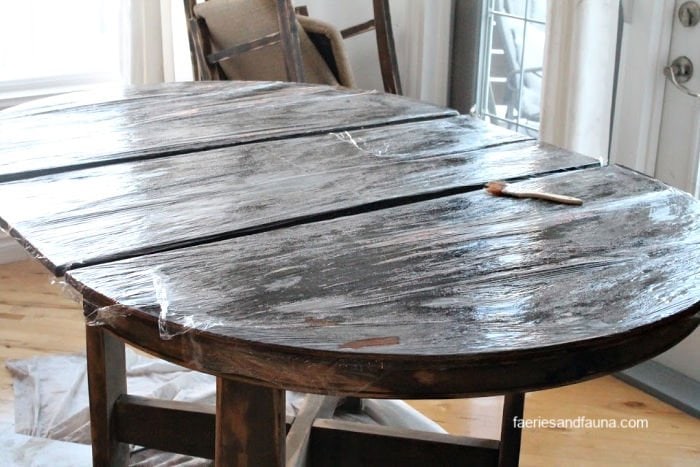
So, why should you consider stripping your kitchen table? First and foremost, it allows you to revamp your kitchen without breaking the bank. Instead of spending money on a new table, you can simply strip and refinish your existing one. This not only saves you money but also reduces waste by repurposing furniture.
In addition, stripping your kitchen table can give you more creative freedom in terms of design. By removing the old finish, you can start with a blank canvas and choose a new stain or paint color that better suits your current style and aesthetic. This is also a great opportunity to add some bold colors or patterns to your kitchen, making it stand out and reflect your personality.
The Process of Stripping a Kitchen Table

If you're considering stripping your kitchen table, it's important to know the process involved. First, you'll need to gather the necessary tools and materials, such as a chemical stripper, a scraper, sandpaper, and a sander. It's also important to protect yourself with gloves, goggles, and a mask, as the chemicals involved can be harmful.
Next, you'll need to prep your table by removing any hardware, such as knobs or handles, and covering the surrounding area with drop cloths. Then, apply the chemical stripper according to the manufacturer's instructions and let it sit for the recommended amount of time. After this, you can use a scraper to remove the old finish, sand the table to smooth out any imperfections, and finally, apply a new stain or paint.
Conclusion

In conclusion, stripping your kitchen table may seem like a small task, but it can have a big impact on your house design. Not only does it save you money and allow for more creative freedom, but it also gives you the opportunity to repurpose and breathe new life into old furniture. So next time you're looking to revamp your kitchen, consider stripping your kitchen table for a truly transformative experience.






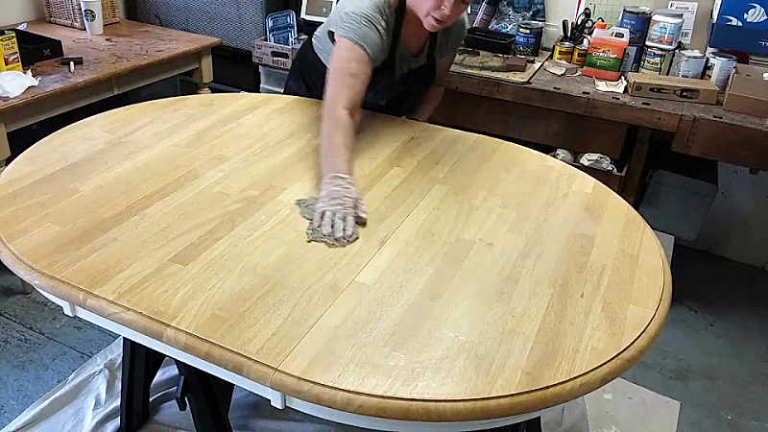



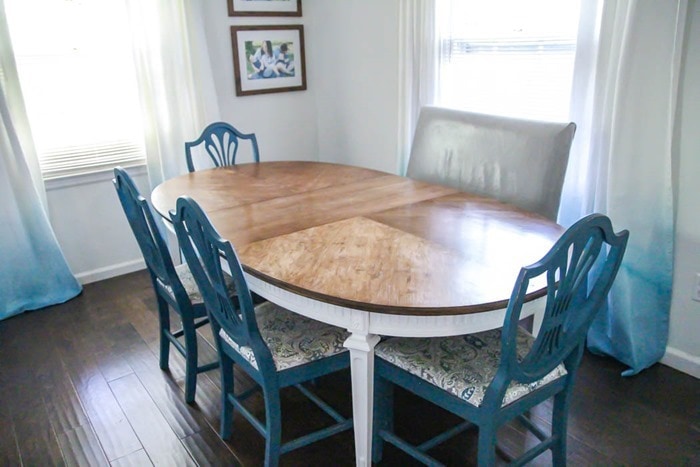

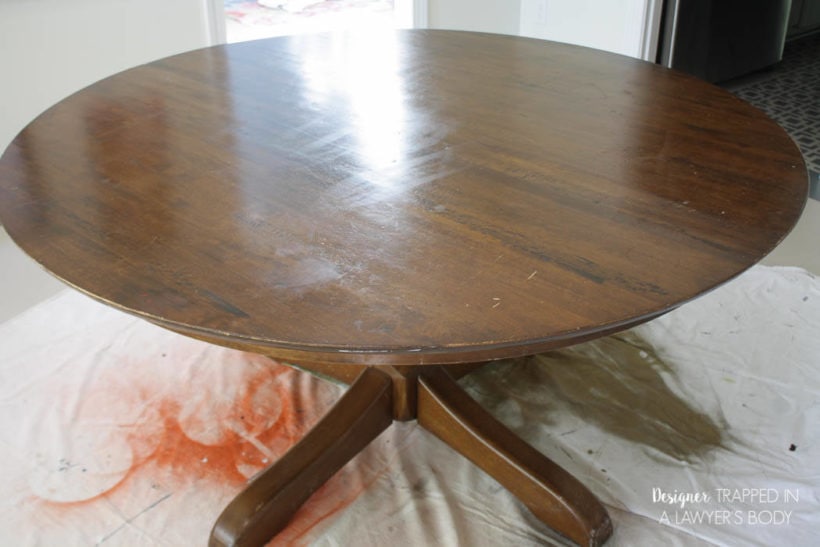





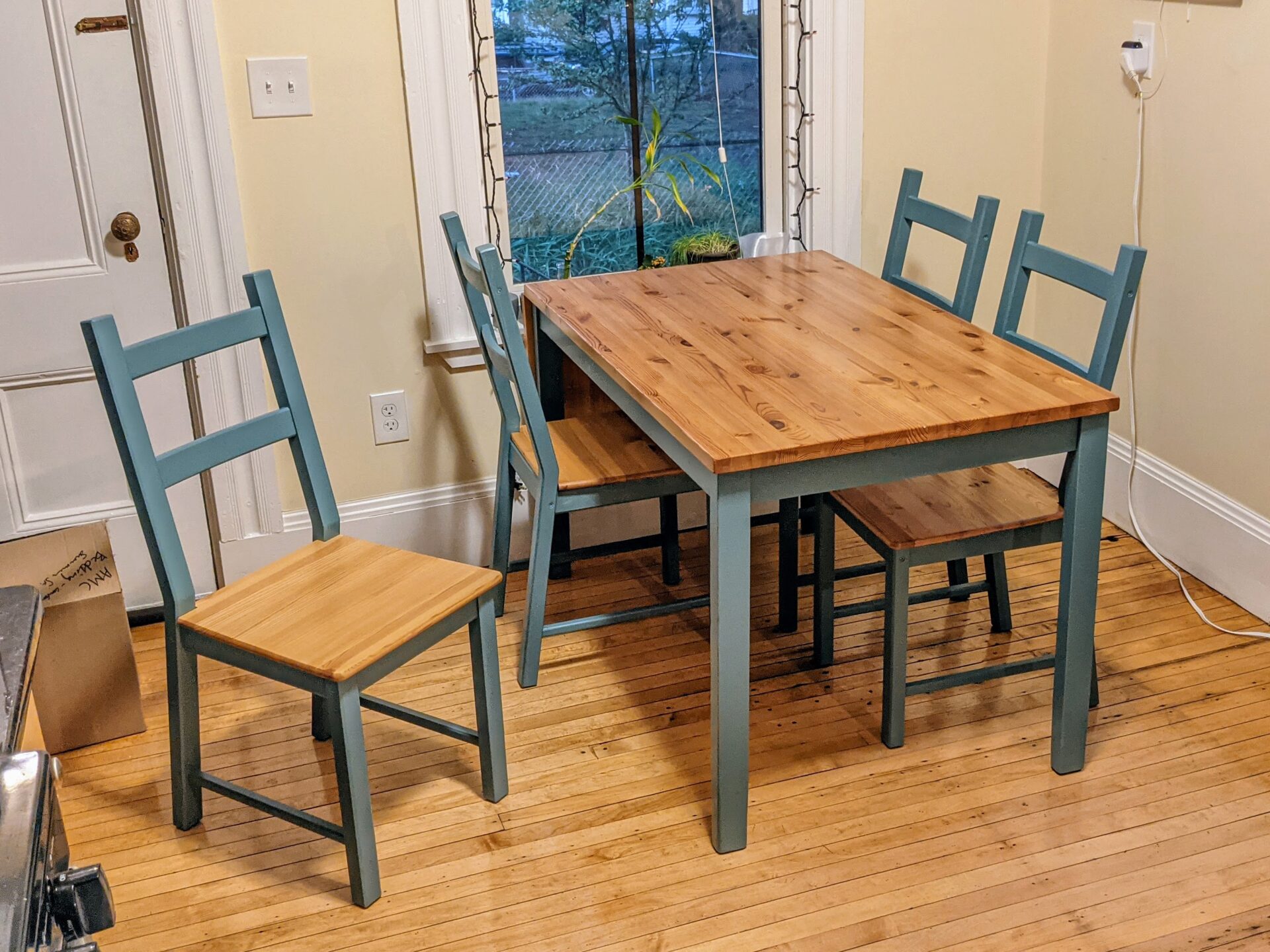
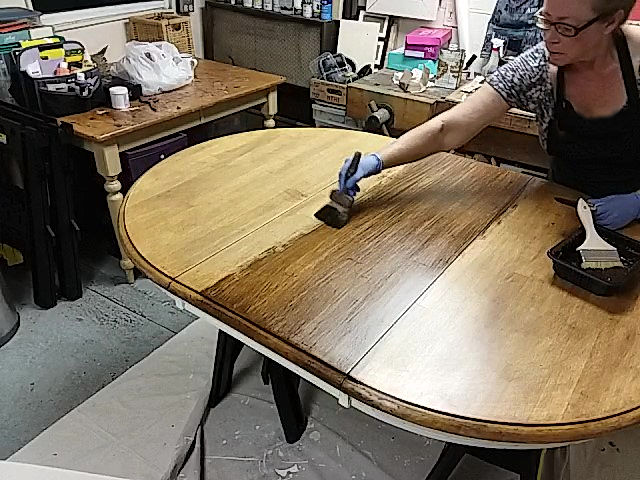


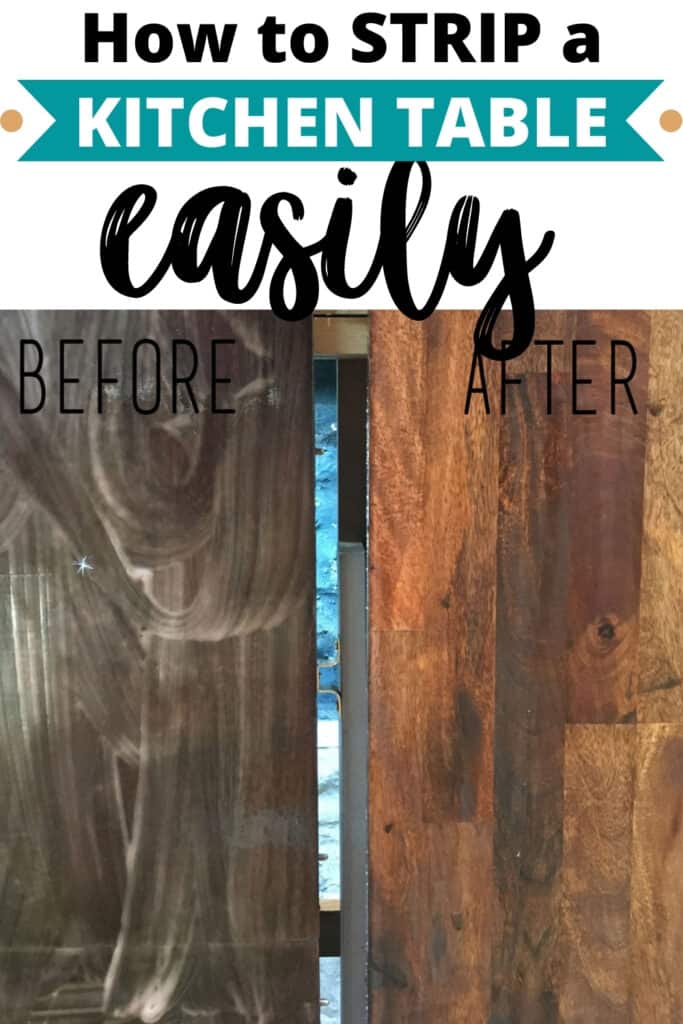


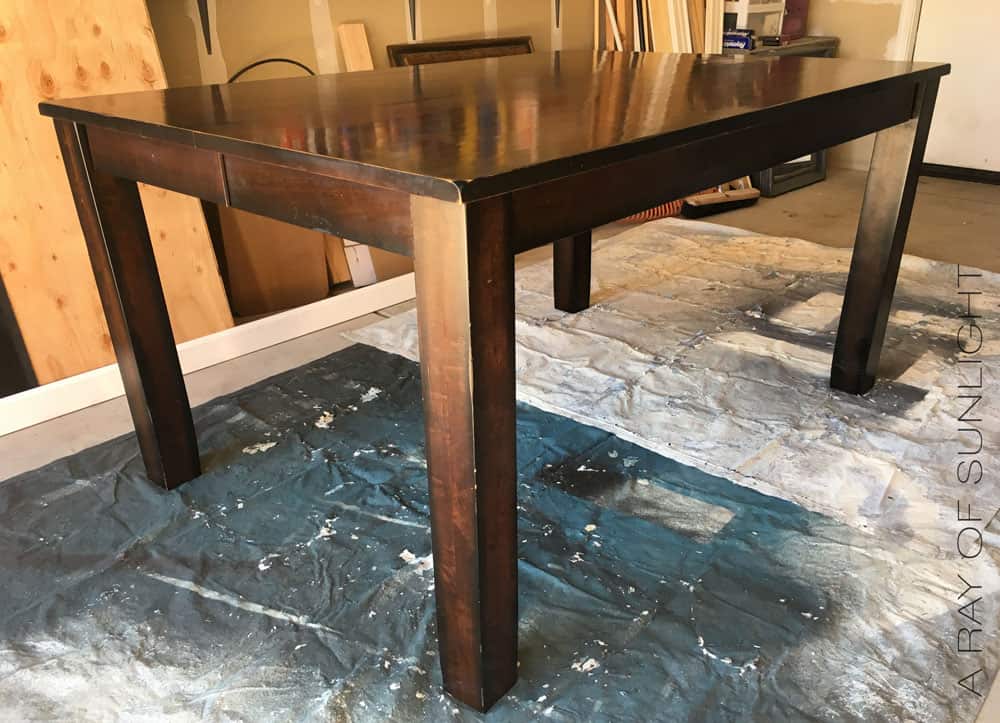
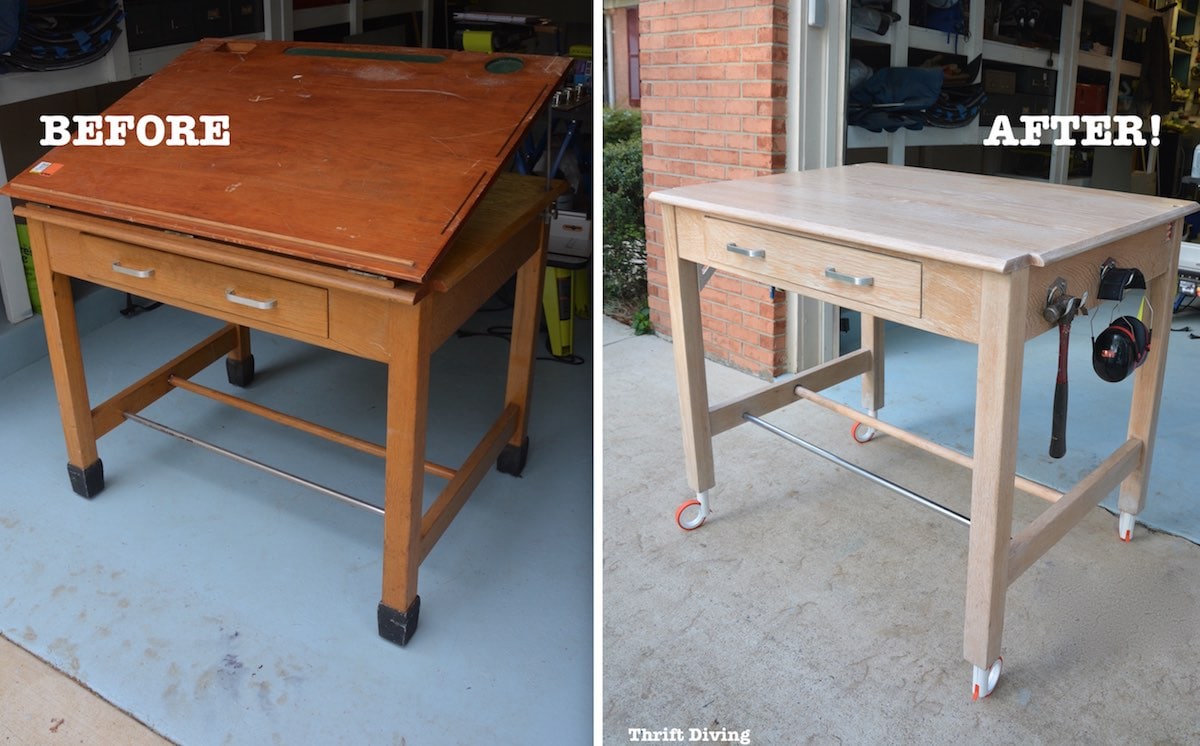

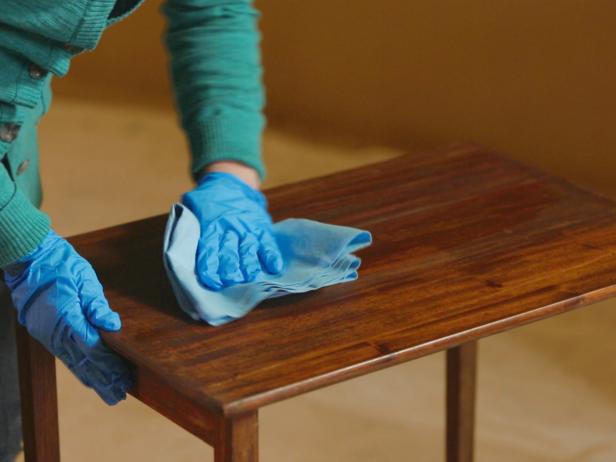









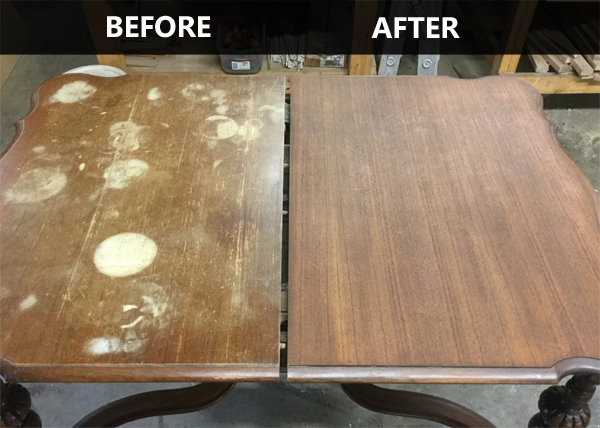








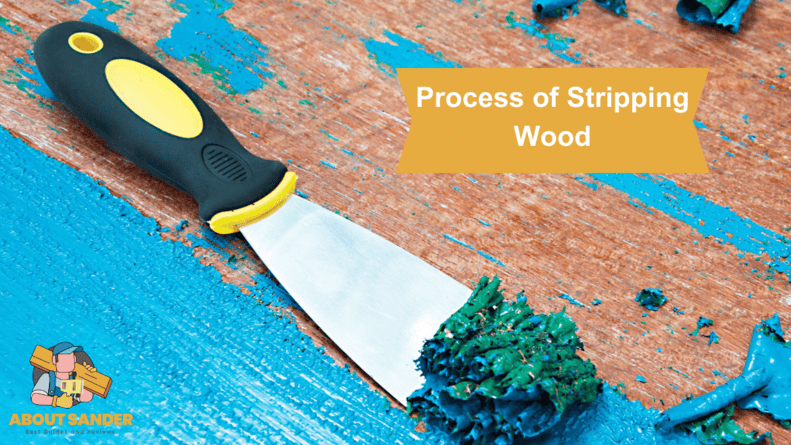
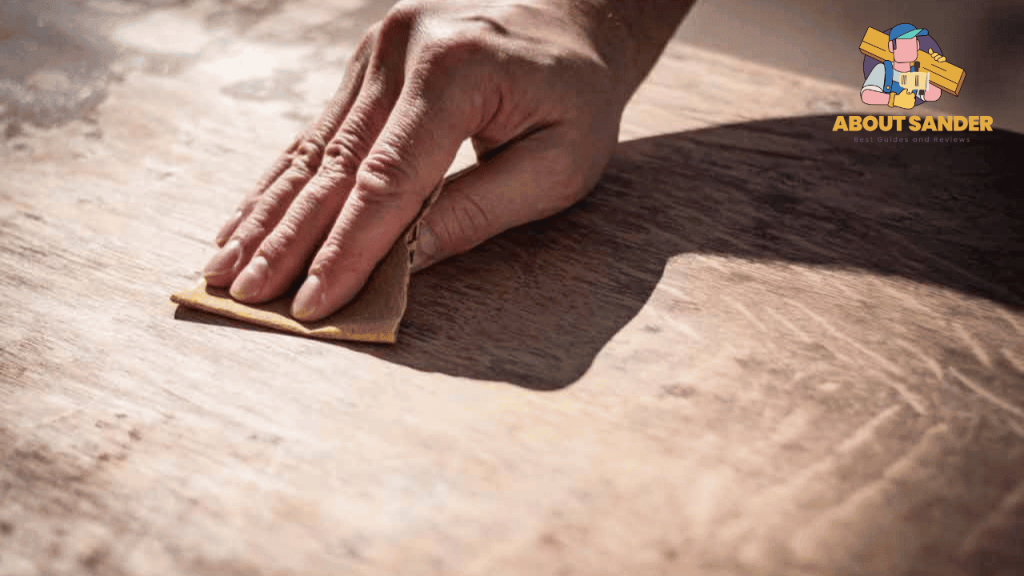
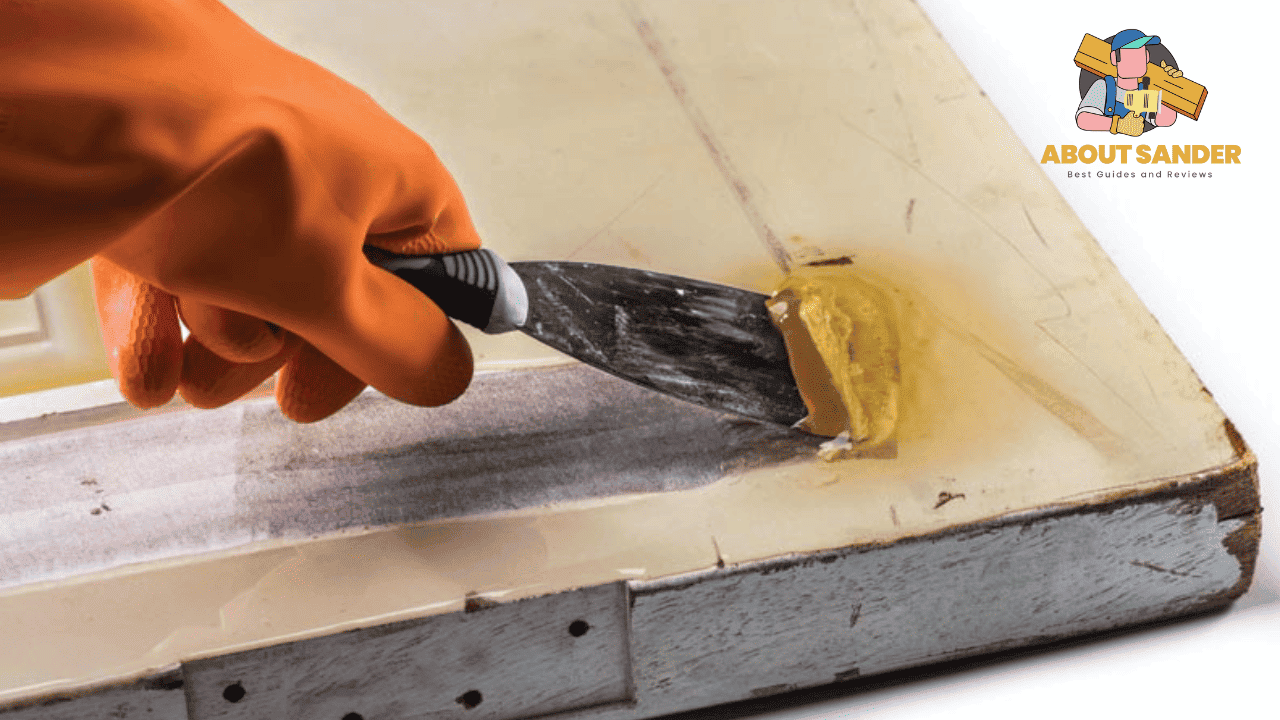






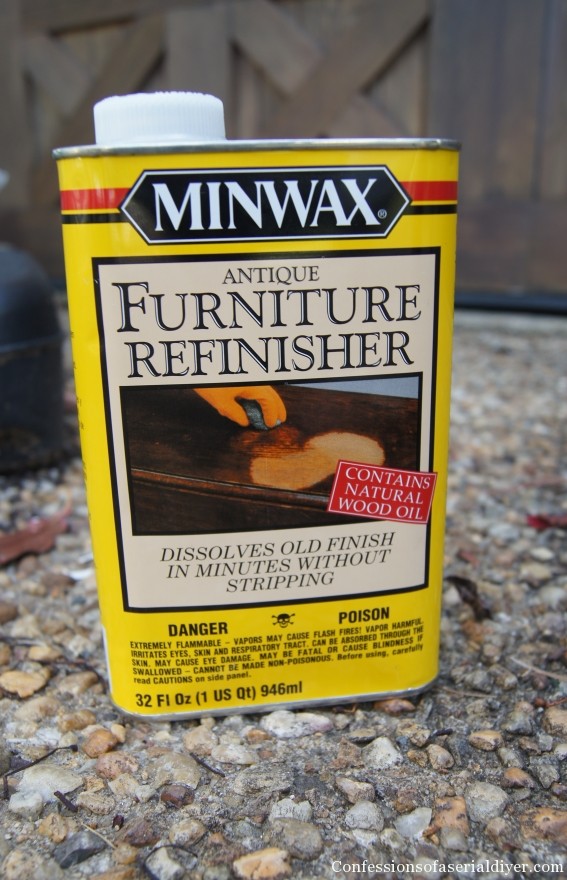
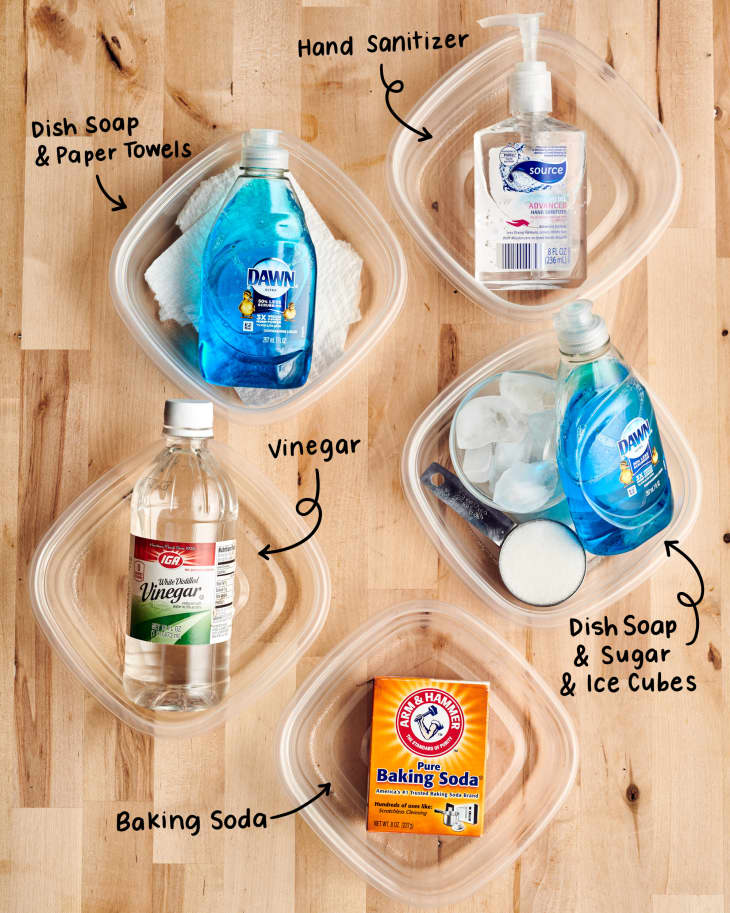


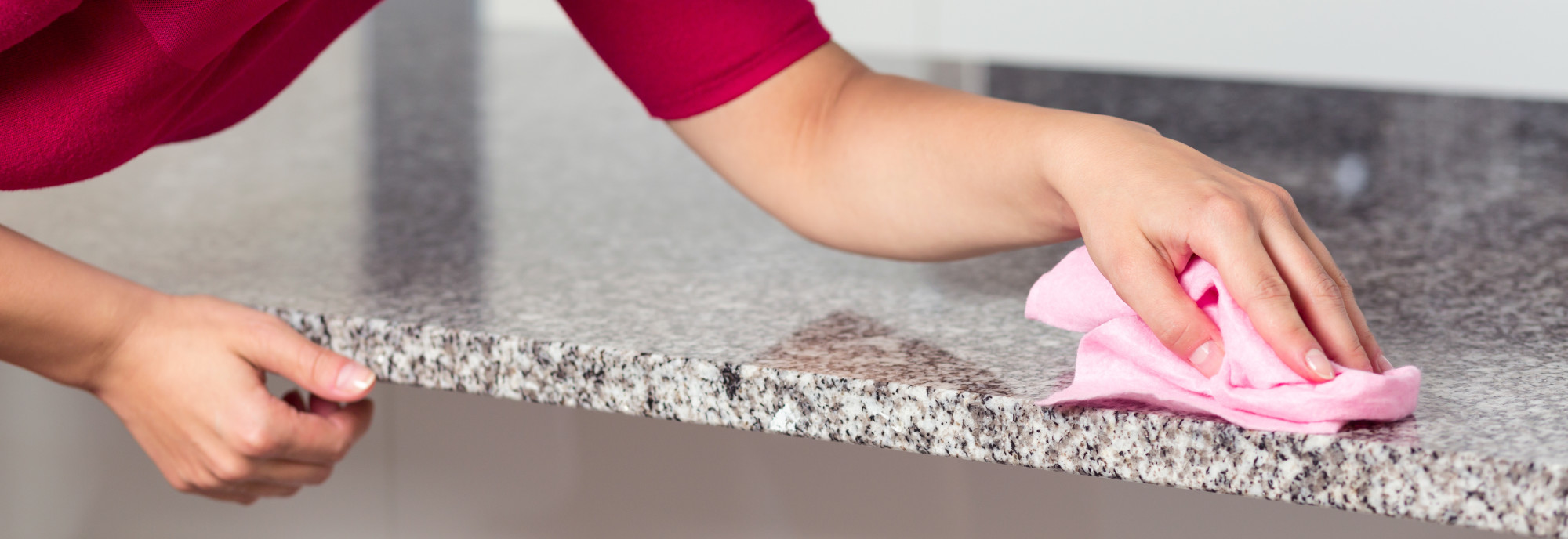
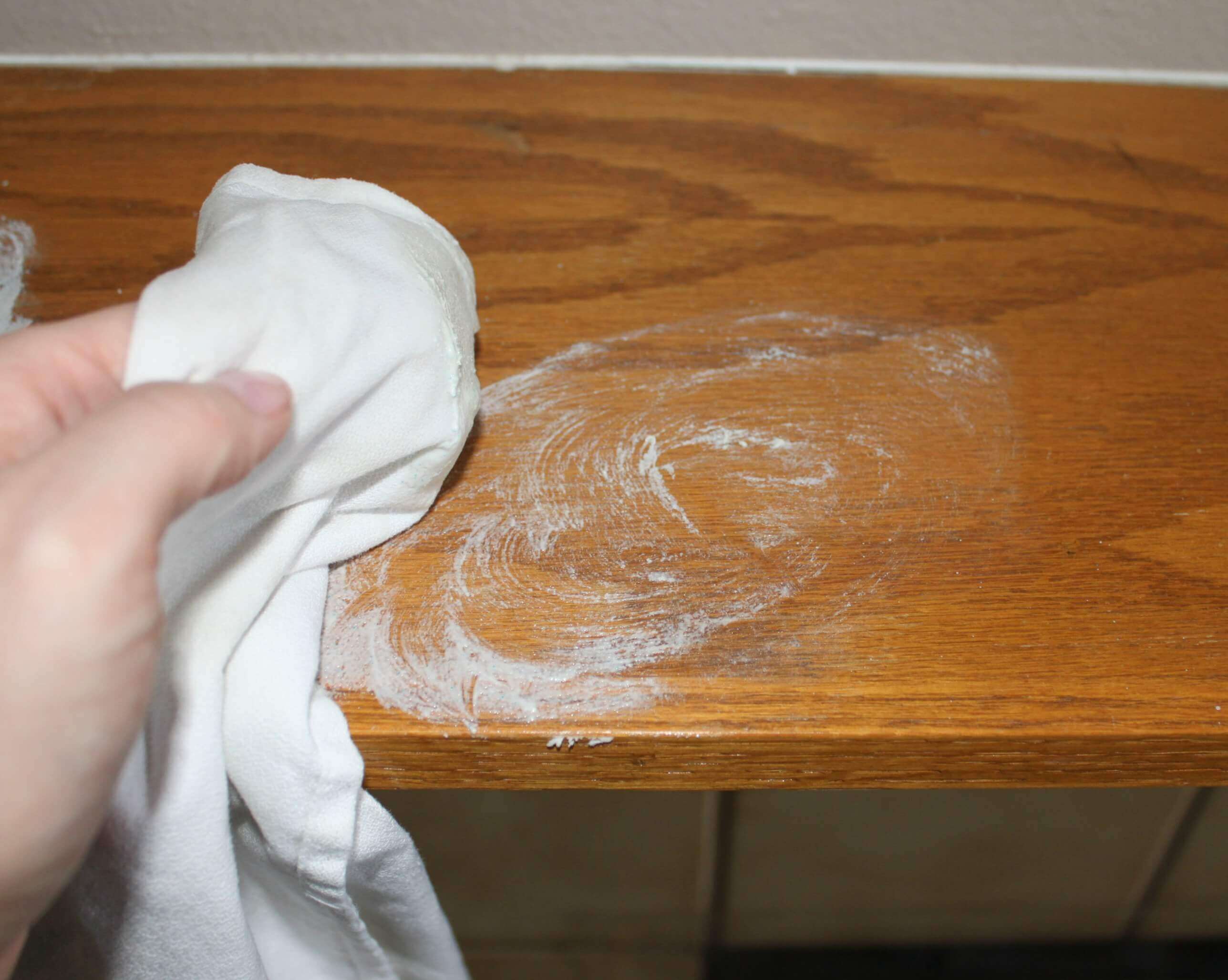
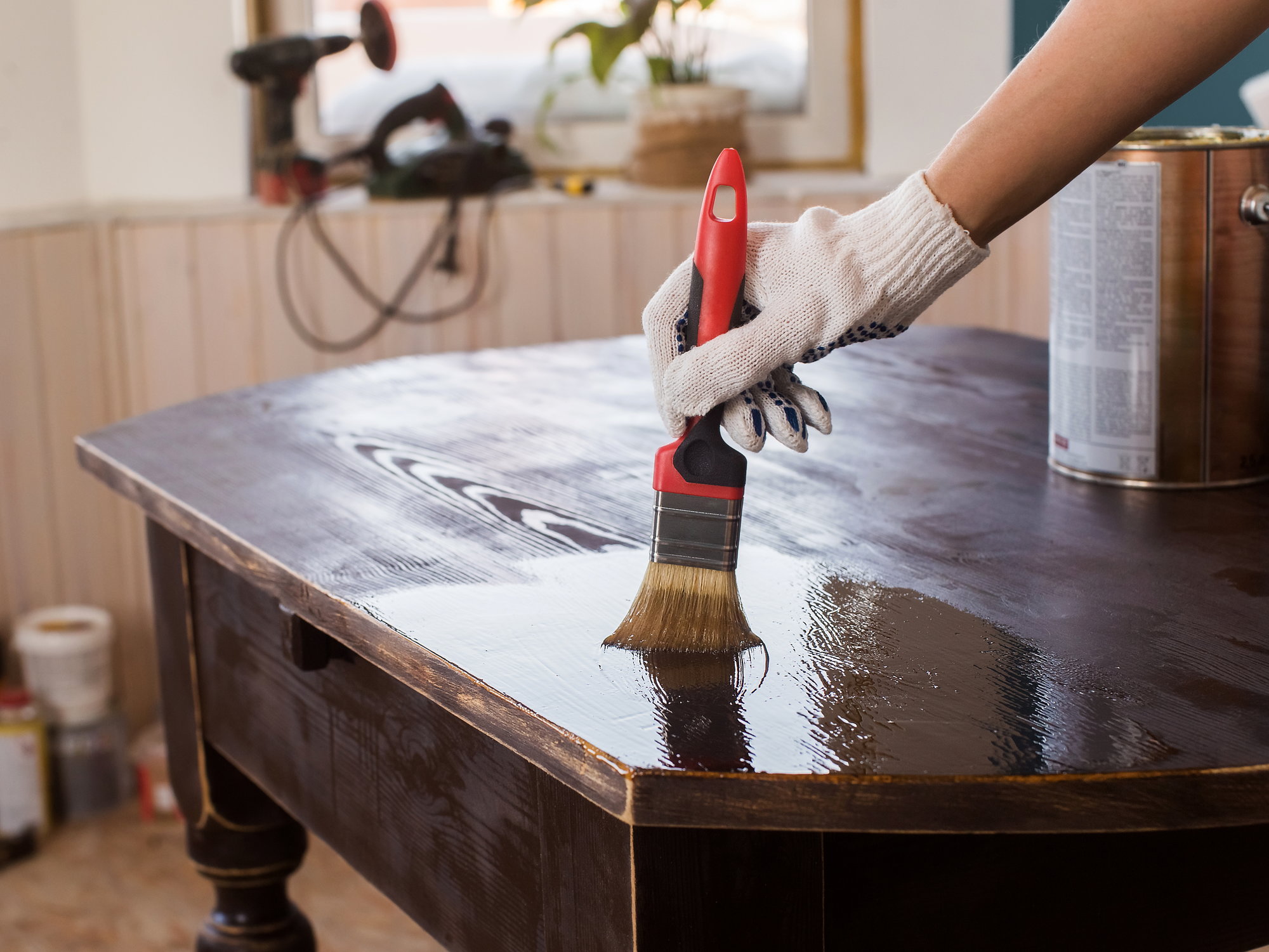
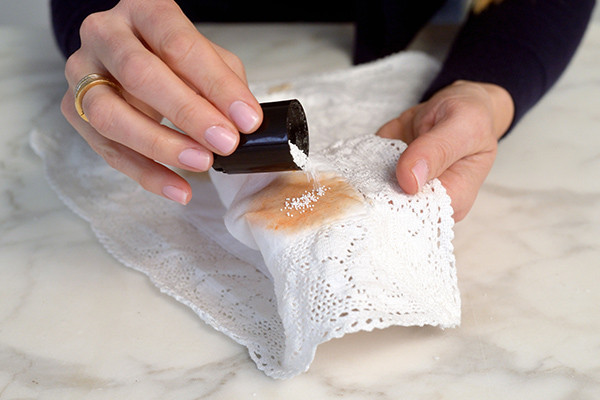


:max_bytes(150000):strip_icc()/remove-a-water-mark-from-wood-furniture-1976384-03-f33c30fbc9074bab8e24cdc72e140d02.jpg)
